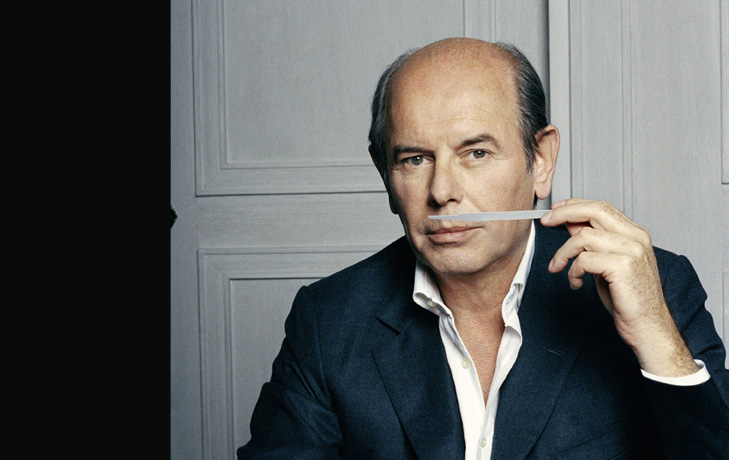Perfumer Jacques Polge is the third generation “Nose” at Chanel; Coco Mademoiselle and the men’s fragrance Bleu de Chanel are among his many creations
Following in the footsteps of two Chanel legends, Ernest Beaux and Henri Robert, the respective creators of Chanel No. 5 and No. 19, Jacques Polge is the guardian of a unique olfactory heritage. Year upon year, he ensures that the original scent of all the Chanel fragrances is reproduced to the letter.
Trained to recognize hundreds of different smells, Polge arrived at Chanel in 1978. “I worked for six months with my predecessor, Henri Robert, who by then was quite old – I think he was over 80. I’ve been here ever since,” explains Polge, whose son has followed him into the business and is also a Nose.
With a passion for poetry, Polge was studying literature and English at Aix-en-Provence when he heard that a company in Grasse – the French town known as the perfume capital of the world – was looking for Noses for its branch in New York. “Fragrance,” he says, “is a form of poetry. It doesn’t speak but it gives so much.”
He studied the basics in Grasse but says: “It was only in New York that I began to truly understand what I was doing.”
Upon his return to France, Polge worked in Paris for an established perfume company which creates fragrances for couturiers. “We learned why a fragrance suited one brand and not another. It’s a very specific approach to creation, a reflection on style.”
Polge’s role at Chanel includes the selection of beautiful raw materials, including ylang-ylang from the Comoros Islands and patchouli from Indonesia, as well as rose and jasmine from Grasse which contribute to the scent of Chanel No. 5. The job isn’t all about a sense of smell – he explains that a perfumer also has to have a good memory, and will know what a scent will smell like by simply reading a formula.
He says he believes that each fragrance must “take you somewhere”. But the voyage is also a mystery: “If it lacks this vital element, it isn’t able to surpass time.”
What makes Chanel perfumes different to others, he explains, is that the company makes its own fragrances and has its own laboratory. “At Chanel, fragrance is designed like a luxury, small-scale product. To this extent, the brand culture is exceptional and the working conditions unique.”
Polge says he loves jasmine and rose, but dislikes “the invading crudeness of tuberose and mimosa”. For men, he prefers woody notes – sandalwood, vetiver and cedar. His favourite moment during the creation process, he says, is at the beginning “because you have the impression that anything is possible”. Afterwards, he says, it becomes more difficult. “Then a moment arrives when you feel that things are coming to a close, things become obvious and the message becomes stronger.” He admits to being apprehensive about how a new product will be met by the public: “I’m always a bit worried. I always want to know how it will do.”







